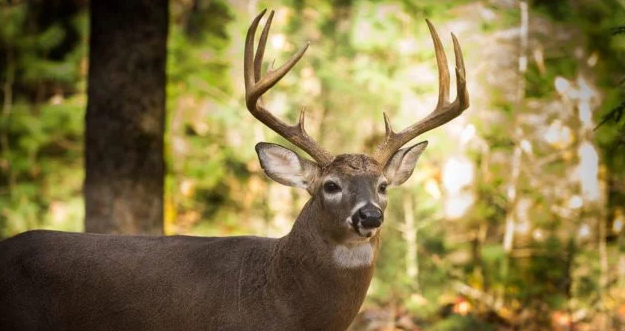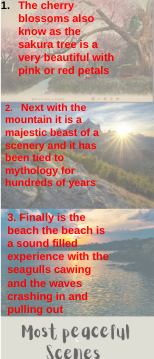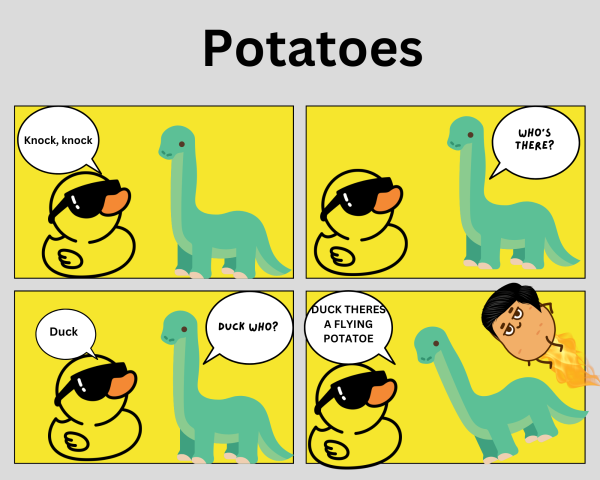White Tailed Deer
April 17, 2019
Day One:
The first time I ever went deer hunting was in unexpected, terrible conditions. The week was very warm for winter and the weather was looking up. However, on that day the weather took a turn for the worst. The winds on that Saturday made the trees sway and croak and there seemed to be nowhere where you could avoid the breeze. My dad took extreme measures by bringing a propane stove to our blind so he didn’t develop icicles on his beard. After a few long and chilly hours we finally decided to pack up and call it a day. It seemed that nothing was out in this barren forest. Once we got into the truck, the guide decided to look around for any possible signs of a deer. We circled around for a while and went back to our blind to take a quick look and I couldn’t believe my eyes when two does popped out of the brush only 70 yards from our original blind. The deer pounced up out and hopped over an electric fence. The deer left as quickly as they came and disappeared into the dense forest never to be seen again.
Characteristics:
The white tailed deer has dark colors in the summer while the winter forces the deer to blend in within the snow. A male deer can beef up to 300 pounds during the summer but in the most serious of winters the once giant beast can slim down to a mere 200 pounds, a shell of what it once was. Females only reach a maximum of 200 pounds. Male deer (bucks) are recognized by their very distinct feature, their antlers. Most bucks develop their first antlers by the first year-and-a-half of their life. The name white tailed deer isn’t just for show the deer does have a white tail and when spooked the deer raises its tail straight up into the air and runs off.
Habits:
Deer are quite skittish creatures as previously stated in the introduction paragraph. A deer does not just choose a random spot and decide to hunker down The deer is quite methodical in its approach of finding a suitable habitat for itself. Deer will scour every foot of land to see where the high ground is, where streams and food sources are located, and an escape route.White tailed deer are also quite cautious about where they hang out. The most cautious of deer can be found laying with their back to a tree, facing downwind, and always watching their back. However, there is a season where bucks disregard their safety. This season is called the rut. The deer rut is a time where males are most interested in looking for a mate. Bucks will increase their testosterone levels, making themselves more aggressive and dominant, thus giving them more an opportunity to find a mate. After the rut, the buck’s testosterone drops an incredible level to where the buck doesn’t have enough to support its antlers which causes them to develop velvet. Velvet causes the bucks to scratch their antlers against trees and other objects until they fall off.
Habitat/Feeding Habits:
As previously mentioned in the last paragraph, deer are quite an adaptable species. However, nothing can fully be comfortable without some preferences being met. White tailed deer are usually found in dense wooded areas near multiple and reliable water sources. When a deer is confident and sure of its environment a deer will explore cropland in search of corn. Speaking of corn, the white tailed deer’s diet is very interesting. A deer’s stomach is adjusted to consume plants, vegetation, and in some instances even fungi or mold. There have also been cases where in a hard winter a deer will resort to eating dead rabbits or squirrels.
Day Two:
Day two brought warm weather and not very high hopes. The rapid change in weather led to deer basically panicking and spreading out to remote and secluded locations. Our blind was in a corn field which should have had deer at a point blank shot but nothing showed up. It didn’t really help that my guide was passed out on the ground and my dad was reading a book but at least I wasn’t freezing. Unexpected weather can bring unexpected results when deer hunting. On the most perfect of days you could just end up with a bunch of tick and mosquito bites; but on the most crummiest of days a gargantuan 300 pound deer could trot up to you and just wait until you shoot it. The main thing I appreciate about deer hunting is the skill and luck the sport requires. Nobody can just go out in their church clothes and shoot a trophy buck. It takes time and effort to get results. And even if you do your best, sometimes deer won’t show up. they do what they feel like and nothings going to stop them.







